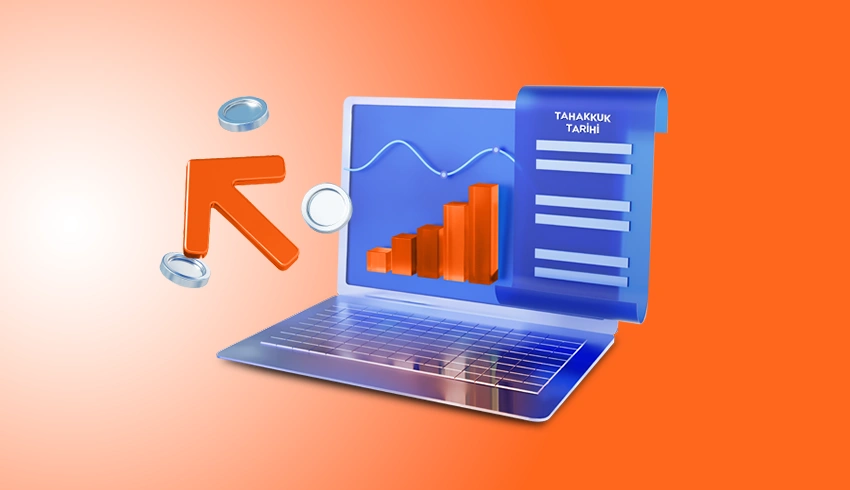In the B2B World, Collections Aren’t Just About Money—They’re About Trust and Continuity Trying to rebuild that trust every month using outdated methods? That’s not strategy. That’s a time-wasting ritual disguised as process.
Today, online collection models aren’t just “alternatives.” They’re strategic tools that optimize cash flow and operational efficiency in B2B operations. But with so many options, how do businesses choose the most effective digital collection method? Which models stand out in terms of speed, security, and integration?
In this article, we’ll cut through the noise and focus on what actually boosts efficiency—not just competition. Let’s explore the most effective online collection models for B2B companies.
Why Online Collection Matters for B2B Businesses
Traditional collection methods aren’t just “old school”—they’re actively costing B2B businesses their competitive edge. Because in B2B, collections aren’t just about getting paid. They’re about controlling cash flow, sustaining customer relationships, and maintaining operational efficiency over the long term.
That’s why online collection solutions have become mission-critical.
Stabilizing Cash Flow
For every B2B company, predictable cash flow is the backbone of sound financial planning—from investments to payroll.
With online collection systems:
Payments can be scheduled and processed automatically
Collection cycles become shorter
Revenue forecasting becomes more reliable
Reducing the Risk of Late Payments
Overdue invoices and forgotten bills—sound familiar? These common B2B issues can spiral into major liquidity problems.
Online systems help reduce these risks with:
Automated reminders
Scheduled payment plans
Integrated digital contracts
Lowering Operational Costs
Manual collection processes—think phone calls, paper trails, and receipt tracking—create bloated, inefficient workflows.
Online collection solutions can:
Reduce the burden on staff
Improve the productivity of finance teams
Eliminate unnecessary paperwork through digitization
Result: lower direct and indirect costs.
Financial Integration & Automation
When online collection systems integrate with accounting and ERP platforms:
Each transaction is automatically recorded
Billing and payment tracking are synced
Finance teams shift from “chasing payments” to analyzing performance
This kind of integration doesn’t just streamline collections—it levels up the entire financial ecosystem.
Case in Point: A distribution company used to track collections manually through invoices and ledgers. After switching to a mobile-enabled online system, they reduced error rates by 77% and sped up cash flow by 54%.
The Most Efficient Online Collection Models
1. Virtual POS Integrations
Allows direct credit card payments via the web—ideal for accelerating payments in B2B sales.
Benefits:
Secure infrastructure
One-time payments
Automated authorization support
2. Payment Links
Custom links are sent to customers via email or mobile. One click and the payment’s done—no technical setup required.
Benefits:
No technical integration needed
Easy to share
Mobile-friendly
Use Case: Agencies or consulting firms send invoices and payment links after each project. The result? Faster payments and better cash flow thanks to higher accessibility.
3. Subscription & Auto-Pay Models
Perfect for businesses with recurring payments. Automated payment instructions eliminate human error and ensure consistent income.
Benefits:
Prevents late payments
Enhances customer experience
Includes automated reminders and transactions
Use Case: A B2B office cleaning service receives payments automatically on the first day of each month—streamlining both customer satisfaction and internal cash planning.
4. ERP-Integrated Collection Systems
Integrating your ERP with your collection platform removes the need for manual data entry. Payments can begin the moment an invoice is issued, and reporting becomes seamless.
Benefits:
Saves time
Reduces error rates
Auto-updates financial records
Use Case: A manufacturing company links its ERP-generated invoices directly with its payment system, keeping finance and accounting teams in sync and in control.
What to Look for When Choosing an Online Collection
Model When selecting an online collection system, make sure it checks these boxes:
Security: PCI-DSS compliance, two-factor authentication
Integration capabilities: Compatible with ERP, CRM, and accounting platforms
Ease of use: User-friendly interface that doesn’t rely on
IT support Reporting & analytics: Advanced dashboards to track collection performance
Customer experience: Clean interface, mobile accessibility, smooth payment process
The Future of Online Collections
Collection systems are evolving fast with AI, blockchain, and API-first technologies. In the B2B space, expect to see:
AI-powered payment reminders
Smart risk-scoring tools
Automated cash flow forecasting
Integration of crypto and digital wallets
Support for multiple currencies and languages
Bottom line: building an efficient system today is your best bet for staying competitive tomorrow.



